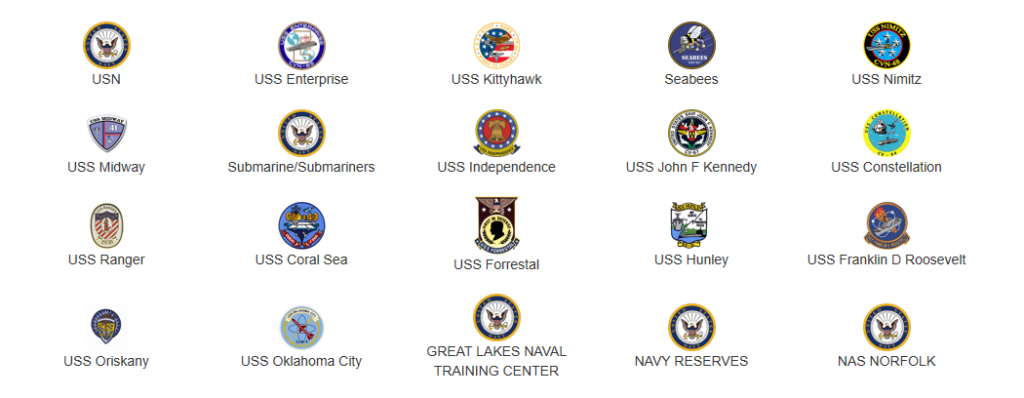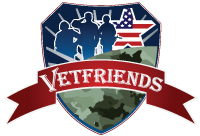
The organizational structure of the Navy has changed incrementally over time. During World War II, administrative organization had to account for different ship types, like the Battleship Divisions, Destroyer Divisions, Cruiser Divisions, and Escort Divisions. This organization grouped ship by task types, and each division usually included two ships. While the urgency of World War II commenced the creation of the task force system, more gradual changes have occured since. For example, the 1970s saw the Navy using cruiser destroyer ships.
The Squadron
Although not a widely used unit within the United States Navy, a Navy squadron represents the aviation wing, which includes carrier and land borne aircraft utilized by either the Navy or the Marine Corps. Foreign navies often have designated groups of ships of the same type — like submarines — also called “squadrons.” U.S. Navy aviation squadrons are led by commanders.
The Navy’s Task Force
This represents a group of ships brought together for a particular mission. Usually, it includes several types of ships that orbit a capital ship like an aircraft carrier, or another ship designed for combat. Additional groups closely follow the Task Force, including logistics, anti-submarine warfare specialists, and an amphibious landing. For larger missions, Task Forces might be divided into smaller groups for purposes like Task Units or Task Elements.
The Strike Groups
The Carrier Strike Group and the Expeditionary Strike Group make up this part of the Navy. The Carrier Strike Group is commanded by rear admirals and the Expeditionary Strike Group is commanded by a marine brigadier. The Strike Group can be versatile and can either be separated to perform missions, or work together to support adjacent tasks.
The Navy’s Fleet
This is one of the largest internal Navy organizations. The fleet represents regionally recognized ships that are commanded by an admiral. Depending on the country that the Navy represents, they may have separate fleets for other regions, too. The United States Navy, for example, is organized into five different fleets assigned to different regions: There is a fleet that caters to the Atlantic region, the Third Fleet represents the Pacific coast, the Fifth Fleet is based near Bahrain in the Mediterranean Sea that caters to USS LaSalle, and the Seventh Fleet off the coast of Osaka, Japan. Keep in mind that the First Fleet is colloquially used to name the U.S. Coast Guard
Ship classes
Ship classes can be major groups like nuclear-powered aircraft carriers, missile cruisers, missile destroyers, missile frigates, and assault ships. Nuclear-powered missile submarines and helicopter carriers can also constitute to their own ship “class.” Alternatively, a ship’s class can also refer to its design. For example, many of the Navy’s nuclear-powered aircraft carriers are also called a “Nimitz class” to commemorate the USS Nimitz, which joined the U.S. Navy fleet in the 1970s.
Carrier Air Wing and Marine Air-Ground Task Force
The carrier-borne version of the U.S. Air Wing represents a total of 72 aircraft. The Marine Air-Ground Task Force represents the organization’s basic construct and is equipped for combined operations. Sometimes these task forces are organized in response to a natural disaster.
The Marine Expeditionary Force
Consisting of up to 48,000 Marines, this force is the main combat formation for this branch of the military. The task force can include tanks, artillery, an aviation wing, and strong ground support.

You can learn more about US Navy organization & find individual units here.
Want to learn more about US Military Structure? Check out our posts on how the Army and Air Force are organized by following the links.

 How the United States Air Force is Organized
How the United States Air Force is Organized